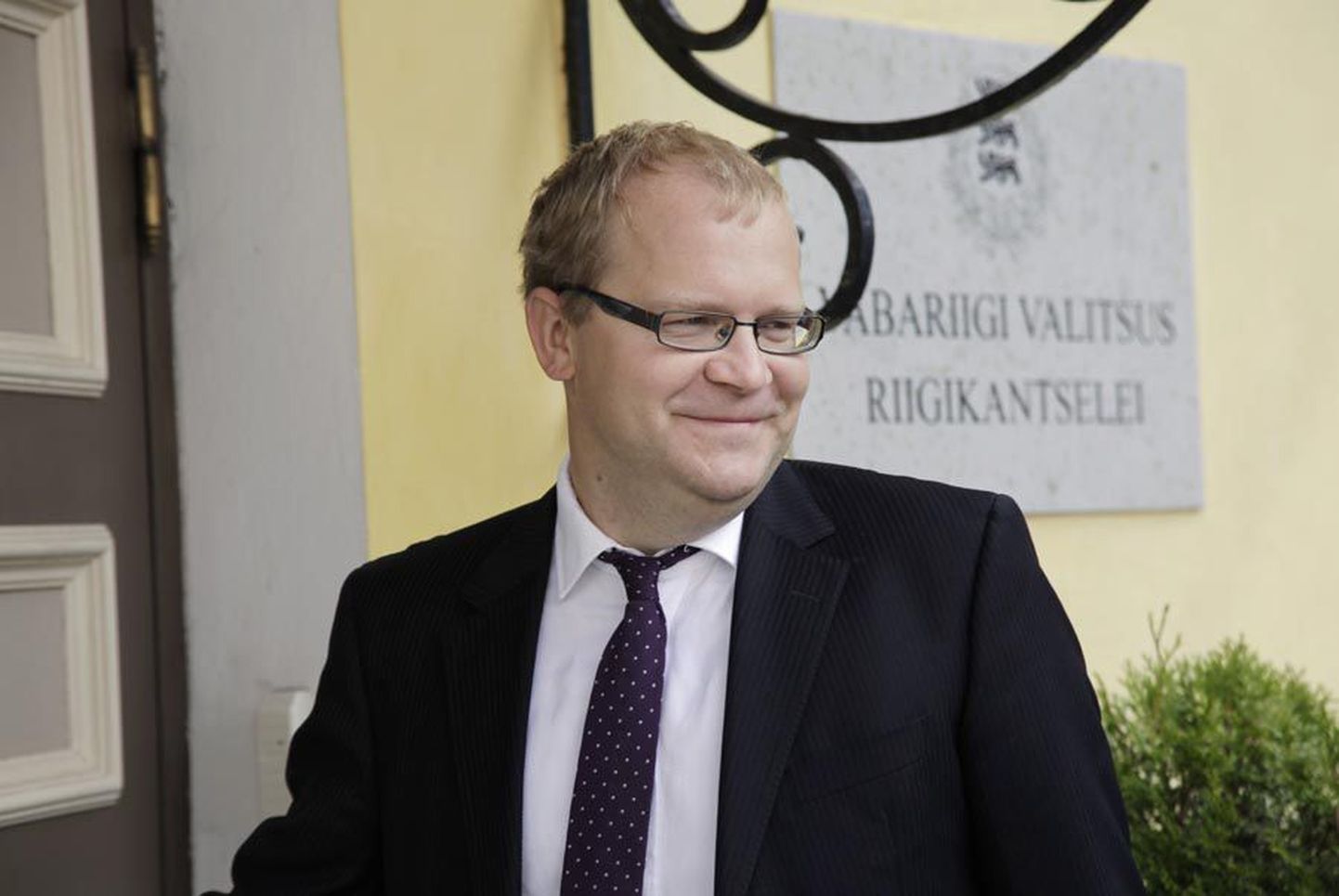
Estonian Foreign Minister Urmas Paet has dismissed as incomprehensible a claim according to which Estonia would give up a large portion of its maritime areas by concluding a border treaty with Russia.

Estonian Foreign Minister Urmas Paet has dismissed as incomprehensible a claim according to which Estonia would give up a large portion of its maritime areas by concluding a border treaty with Russia.
Speaking at the government press conference on Thursday, Paet said there has never been a sea border treaty between Estonia and Russia before and the maritime border agreed now fully corresponds to the UN convention on maritime law. He added that the boundary line has been set out precisely at an equal distance from the coasts of both sides.
The subject of maritime areas has been brought up by the Greens, according to whom Estonia is yielding 1,000 square kilometers of maritime areas by concluding the border agreement.
Paet explained that many technical issues related to the border can be solved only after the border treaties have taken effect. "After the treaties have entered into force a demarcation commission will be established of representatives of Estonia and Russia that will be tasked with laying down the border on the ground meter after meter. If there are technical issues related to the use of water they will be solved by separate agreements after the treaties have taken effect," he said.
The treaties now have to be approved by the government of Russia, after which it will be possible to sign them. The signing must be followed by ratification in both parliaments.
Technically the package is made up of two treaties, one of which regulates the land border and the other the maritime border.
"It isn't unknown that the process of the border treaty has been going on since 1992. The last part got its start on October 9 last year when the Riigikogu factions and non-aligned deputies made a joint proposal to resume consultations with Russia. In the consultations that lasted seven months the boundary line was not spoken about, as it had been set out earlier. One spoke about possible additions to the text of the border treaty. As a result of the consultations the text received two additions: first, that the treaty regulates exclusively matters related to the border and second, that there are no territorial claims," the minister said.
Paet also rejected as incorrect the claims by some skeptics that Russia needs the border treaty much more than Estonia now because of its quest for visa freedom with the European Union. "That's an incorrect notion. Concluding of the border treaty is in no way linked to the dialogue under way between the European Union and Russia. Just like it wasn't true that absence of the border treaty was an obstacle to Estonia's accession to the European Union and NATO," said Paet.
The Estonian government at its Thursday's meeting approved the bill of the land and maritime border treaties between Estonia and Russia.